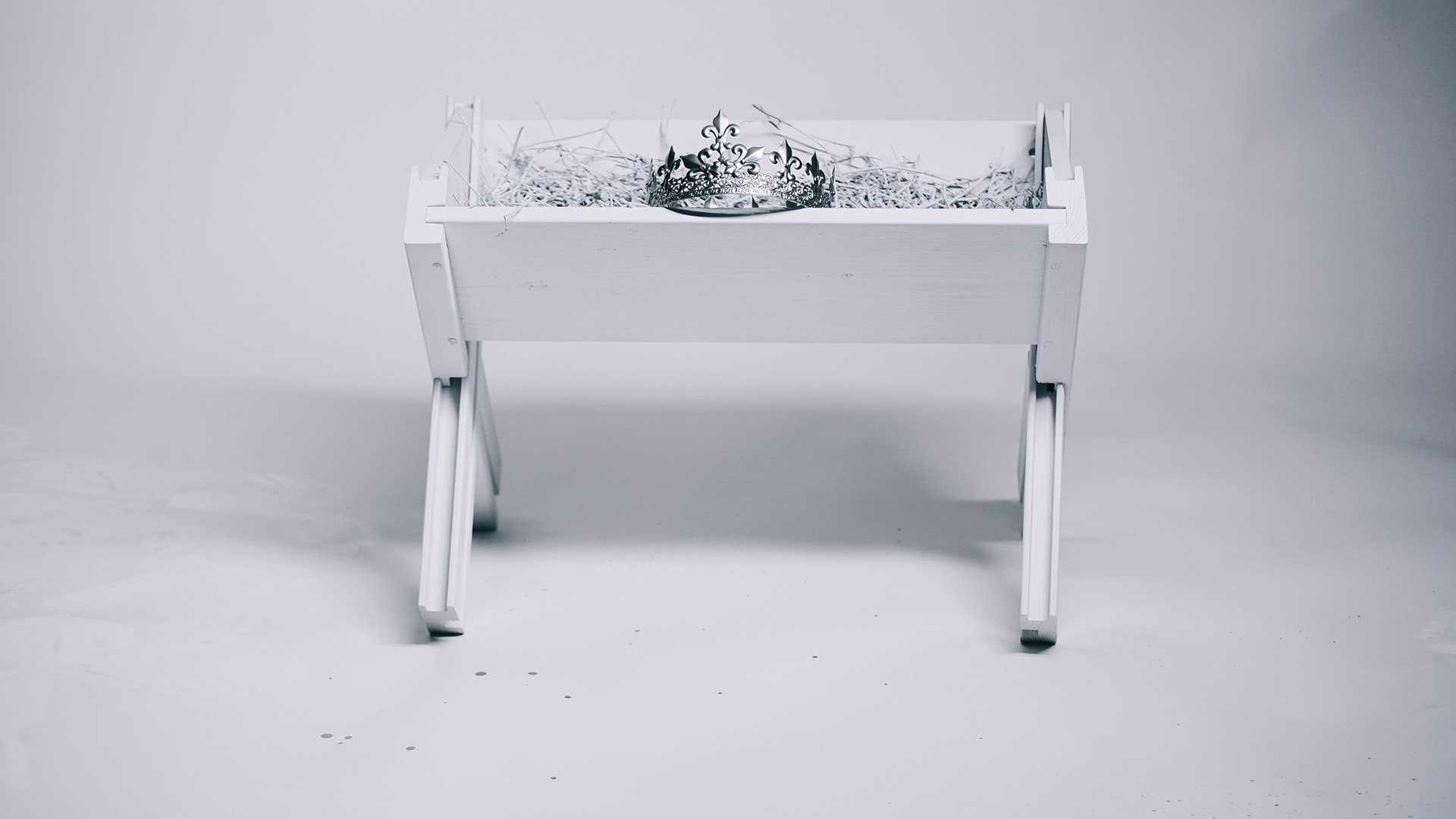This is the second part of a four-part blog series as we journey through Advent. A new blog will be released each week as we journey to the manger. You can read the first part here.
I have a distinct memory of once being a shepherd in a school play. I was 7 years old, and my school was putting on a Christmas nativity play.
I can still picture the scene in my mind – there I stood on stage, arrayed in my splendidly green dressing gown, and with an IKEA tea towel draped over my head. In my arms I cradled my sheep – it was a Shaun the Sheep stuffy, from Wallace and Gromit (a British classic!).
As I awkwardly stood there on the side of the stage, looking out at the sea of our parents’ faces, and seeing my parents proudly looking back at me, I looked around at the other kids on stage, and a realization dawned on me.
While my fellow shepherds wore a similar outfit to my own, I could see they had normal clothes underneath their dressing gowns. But I was only wearing my underwear!
Fortunately, my blunder went unnoticed. But that was the end of my acting career.
My 7 year-old self didn’t understand the point of doing a nativity play. And even when I see a nativity scene setup somewhere else – whether on a mantle-place, or on a neighbour’s front-lawn – I often quickly move past it, and don’t stop to dwell on its significance.
If God created a physical world with physical creatures, doesn’t that also mean God cares about the physical world as much as the spiritual?
Christmas nativity scenes can often seem like just another festive flair to accompany the holidays. But they direct us to something far more profound than simply feelings of Christmas cheer – they testify to the physical birth of God in human flesh.
I remember a conversation I once had with a shaman. I was in university, walking through a plaza to get across campus, and I saw him handing out books and sharing what he believed with anyone who would stop to listen. We chatted briefly, and he handed me a book about Eastern spirituality. As I turned to leave, the last thing he said to me was: “You know, Blaise Pascal once said, ‘I think therefore I am.’ You’re being isn’t in your body, but in your soul; you are not your body, you are your soul.”
It’s common for religious beliefs to drive a wedge between our physical world and the spiritual world. We’ve drawn a divide between the natural and the supernatural, and said nothing can cross between. But if God created a physical world with physical creatures, doesn’t that also mean God cares about the physical world as much as the spiritual? How can any religion that believes in the existence of a Creator say that religious belief is only a spiritual matter?
God made us as embodied beings, and so surely our created-ness matters to him. God is not interested in our spiritual, disembodied souls being with him, but rather our entire created-ness being brought into wholeness with him. He cares about our bodies and our souls, because we do not exist as only a body or only a soul, but as embodied spiritual beings.
Christians believe that in the person of Jesus Christ, God became a human being. There’s something incredibly profound about this claim – the Creator of the universe moved towards the world he made in love, with such great love that he entered into it.
In Galatians 4.4-5 we’re told that: “When the fullness of time had come, God sent forth his Son, born of woman, born under the law, to redeem those who were under the law, so that we might receive adoption as children of God.”
I don’t know why the fullness of time was apparently 2,000 years ago. But at that time in history, Jesus came into this world as a fully human being, while also being fully God. And as a person in this world, Jesus was “born under the law” just like everyone else. He came into this world, bound by the same spiritual conditions as everyone else, in order to redeem everyone who was under the law.
Elsewhere in scripture, we learn that this law was given in order to reveal our separation from God (Romans 7.7). The law is a spiritual reality that exposes how our holistic being is out of tune and out of touch with the reality of our maker.
The issue that needs fixing isn’t a matter of right thinking or special knowledge. We couldn’t fix our condition before God by simply changing something about the way we see the world around us. The issue that needs fixing also isn’t a matter of fixing ourselves to become worthy or good enough. We couldn’t fix our condition before God by attending to our morality. Our issue is not simply a spiritual issue, it’s a holistic issue. The thing that went awry inside of us is not merely a spiritual or moral matter, but a holistic corrosion of our being.
Jesus came as a person into our world in order to redeem us and recreate us as a new humanity – causing us to become the adopted children of God!
When iron is exposed to oxygen and moisture, it changes the chemical composition of the material. It becomes rust. Rust is the corrosion of iron, and it fundamentally changes the original material through its corrosion. Just as the rust in iron cuts through to its core, eroding away at the chemical composition of iron, so does sin corrode us in a holistic fashion, affecting our soul, body, heart, and mind.
However, while rust cannot be converted back into iron, Jesus came into the world in order to redeem us from the corrosion of sin throughout our being. Jesus came as a person into our world in order to redeem us and recreate us as a new humanity – causing us to become the adopted children of God!
When I was 7 years old, I completely missed the wonder of the nativity. I missed the wonder that God cares so much about what he made that he sought to treat our condition at its core by the establishment of a new creation. I missed the wonder that, in Jesus coming to earth as a baby, and becoming human, he proved that God hasn’t given up on what he made. He cares about it so much that he’s going to the very core of his creation and re-engineering it from the inside to preserve it and keep it. He did that by becoming the created – becoming human – and living under the law in order to redeem us and to heal us – and not just our souls, but our bodies, our hearts, and our minds. This was so we could become children of God!
God cares about our created-ness, and through Jesus, he has come to be with us in our created-ness. It’s a message so great that we still remember it and celebrate it today – with nativities and mangers, and candles and carols. We remember and celebrate that God became a human!
Next week in part three, we’ll explore how Jesus is God-with-us.




